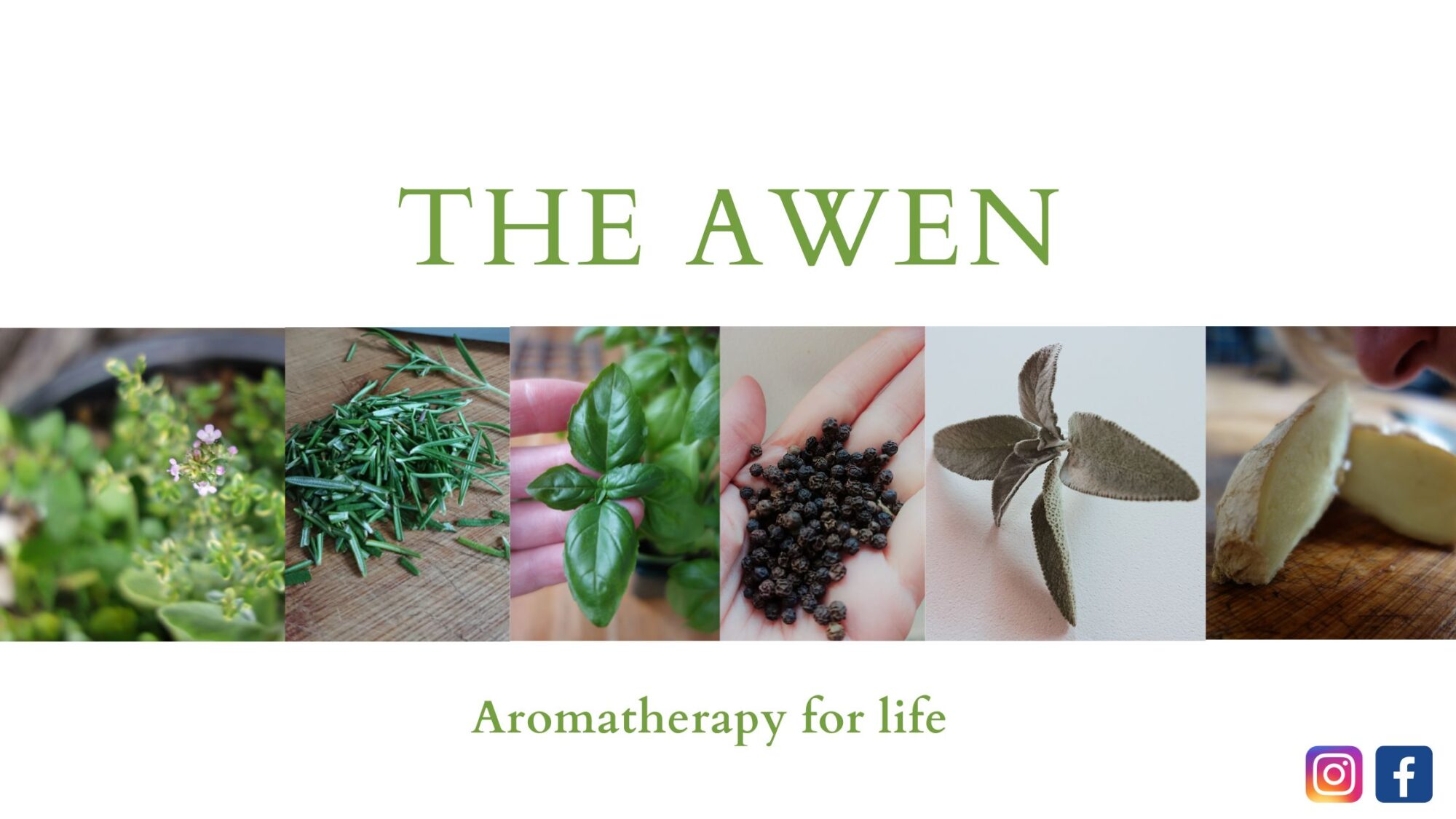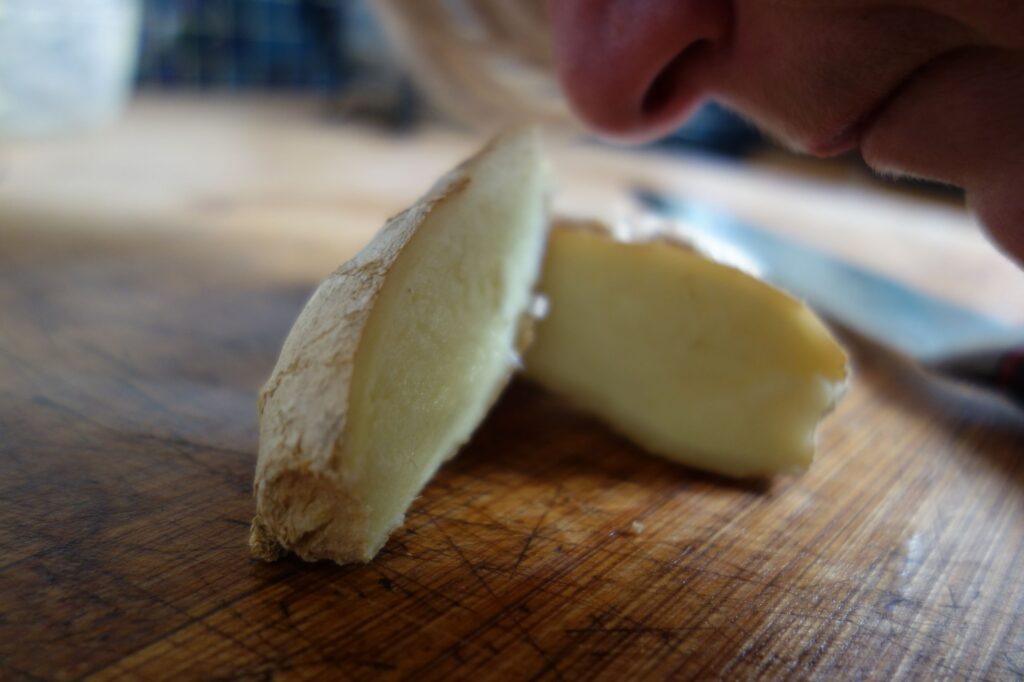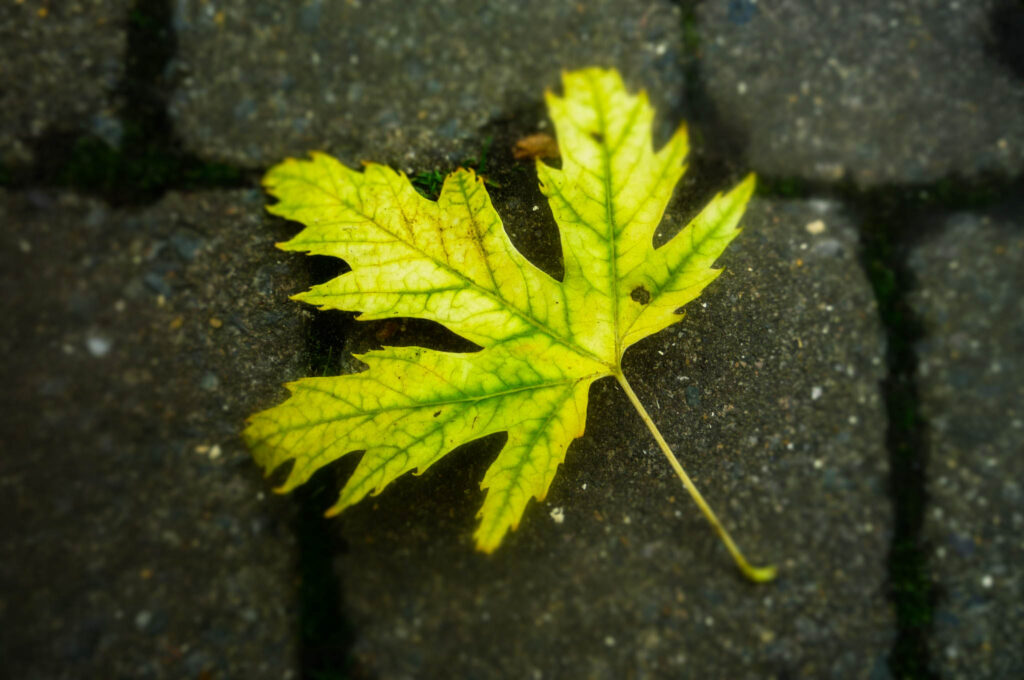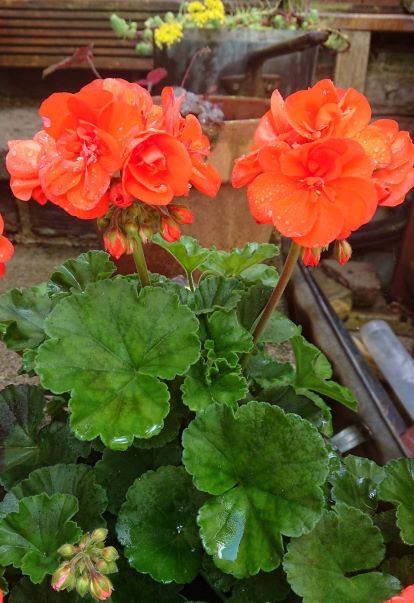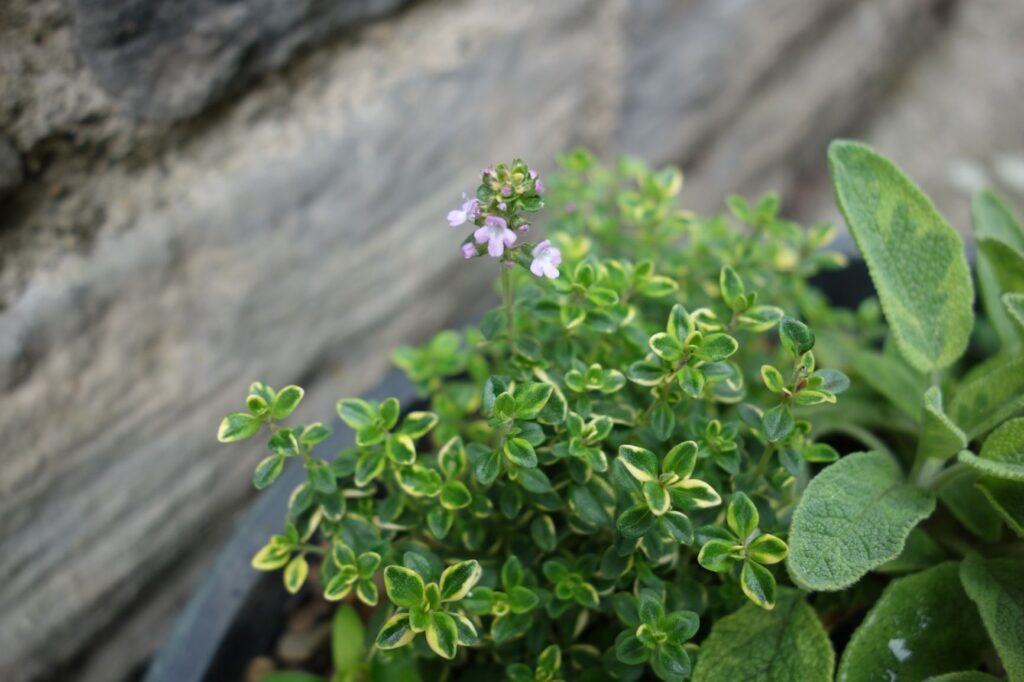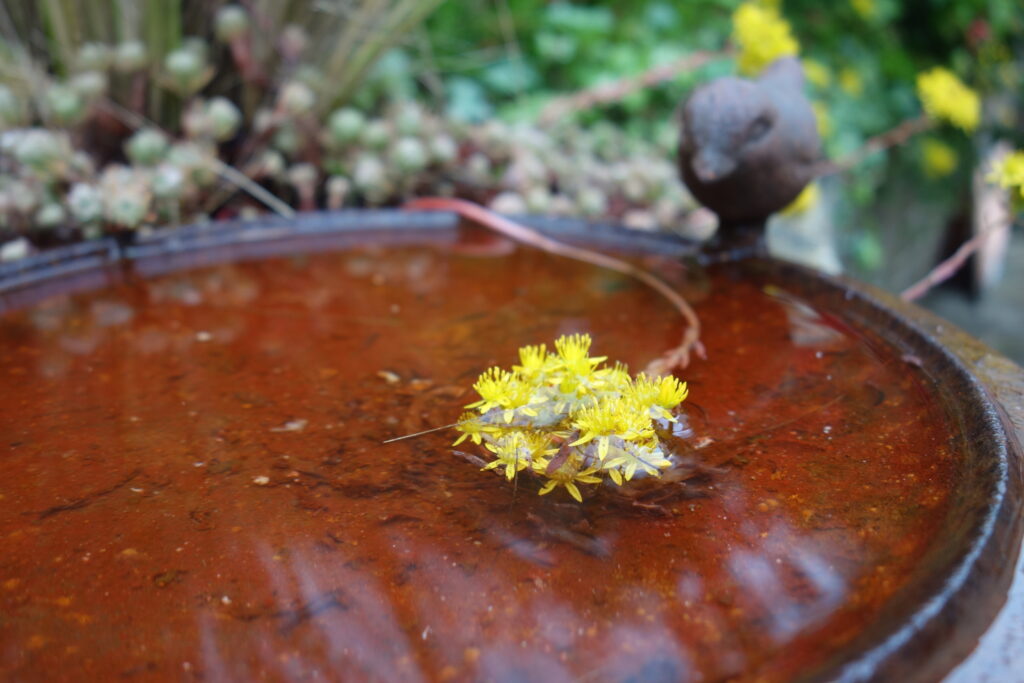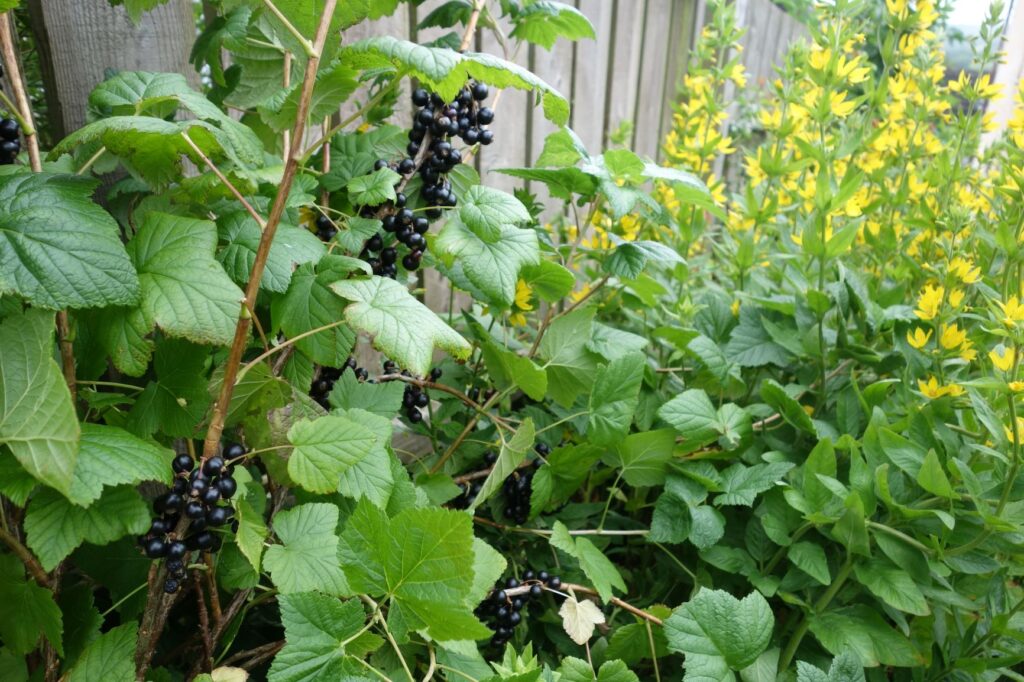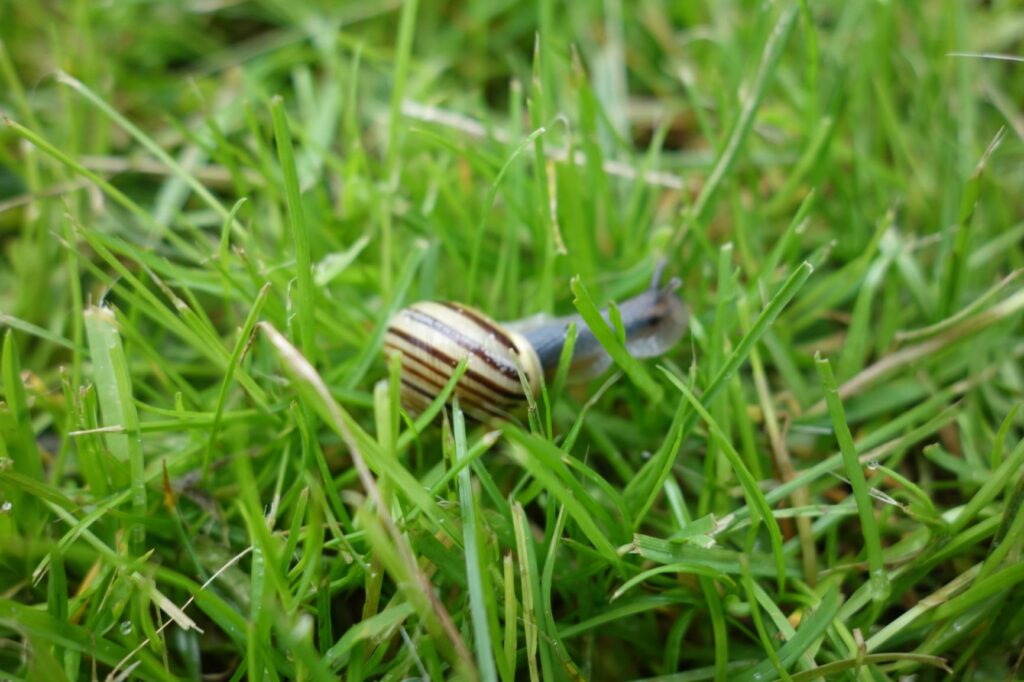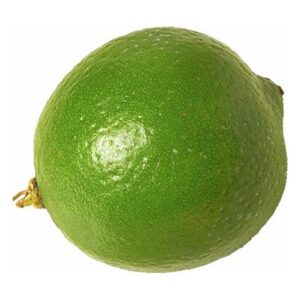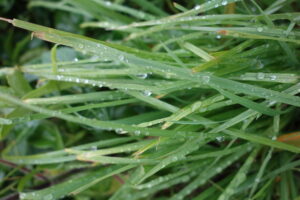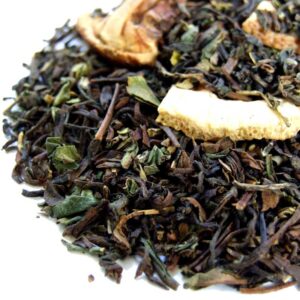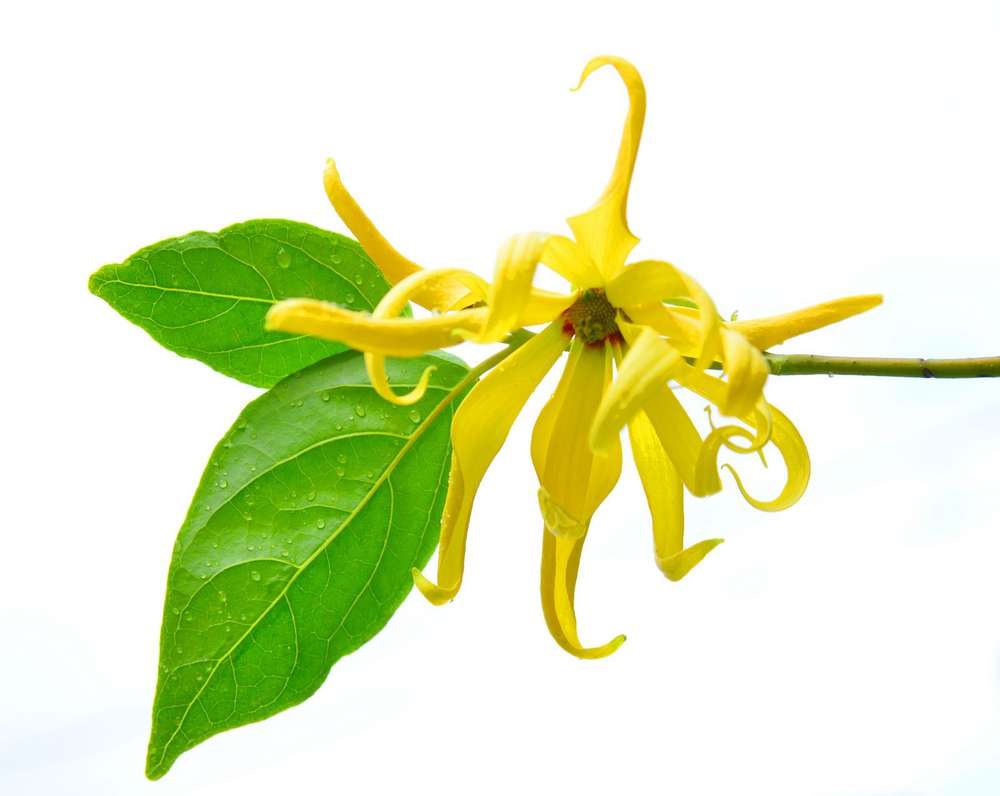
Ylang ylang (Cananga odorata) is from the tropical Canaga tree that is native to India, Malaysia, the Philippines and Indonesia, to Queensland, Australia. It’s aroma is sweet, heavy and exotic. Extracted from the flowers, it is used extensively in perfume.
Some may find the sweet scent of Ylang ylang overpowering and sickly, others may find it seductive and heavenly. Indeed, its chemical make-up can produce an aphrodisiac effect yet it is also soothing and medicating, regulating adrenaline production. It is a relaxing, sedative oil that can slow down the heart rate and high blood pressure, calming over worked minds, easing frustrations, anger, fear or panic. A natural mood enhancer, its rich, smooth tropical notes are harmonising and perfect for balancing hormones so I would recommend it for women who are pre/menopausal.
It mixes well with citrus oils such as Lemon, Bergamot, Lemongrass, Sweet or Bitter Orange. A perfect complement to Lavender and Rosemary. I recommend 1 drop of Ylang ylang and 1 drop of Lavender in a oil burner at the end of a long day to ease tired, busy minds.
Alternatively add 2 drops of Ylang ylang, 2 drops of Lavender, 2 drops of Lemongrass into a diffuser, or put the same combination into a warm bath and soak the day away.
Avoid during pregnancy and if you suffer from hypotension. Always consult a qualified Aromatherapist before use if you have any concerns.
